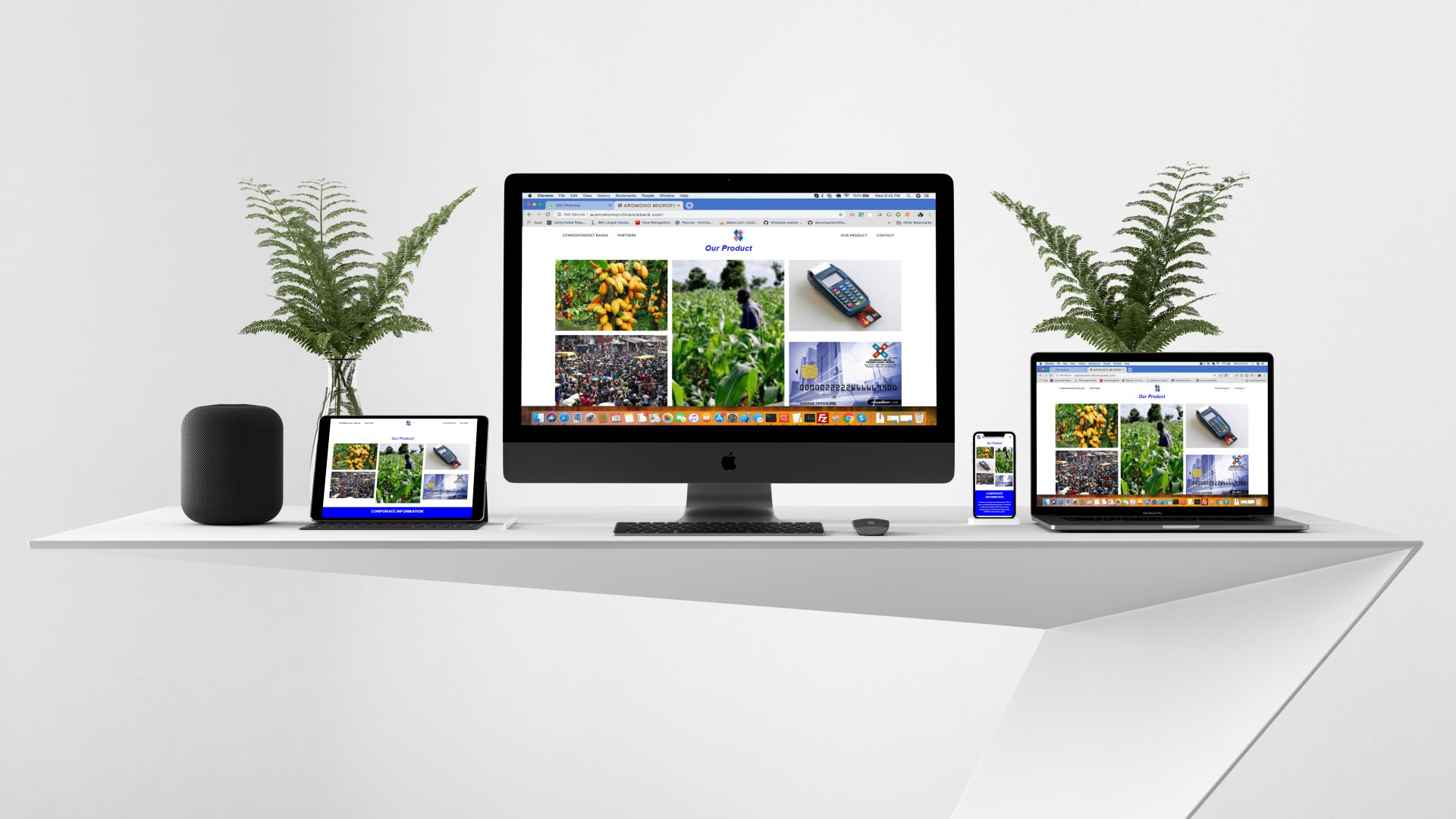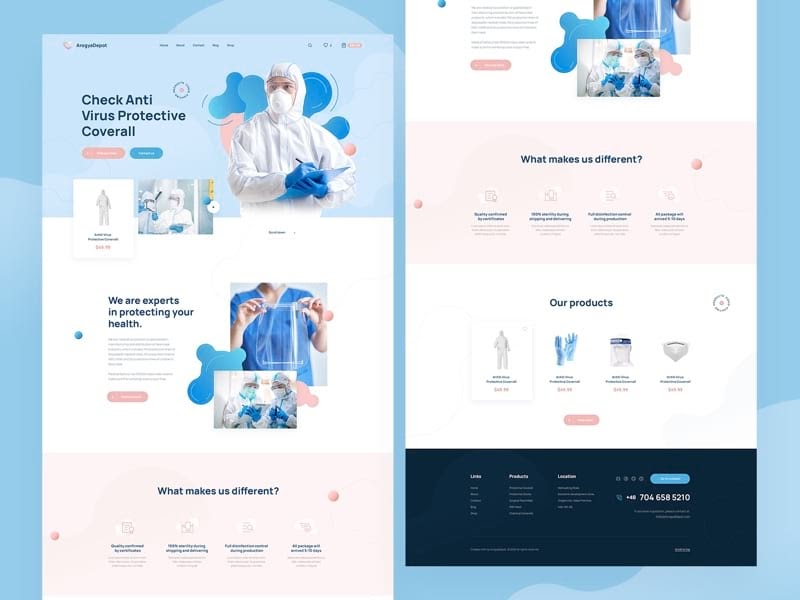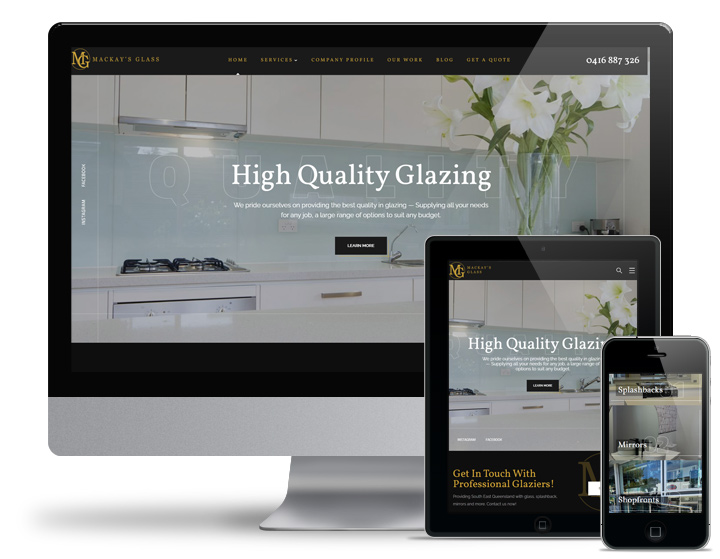Best Practices For E-Commerce UI Web Design
When you visualize shoppers moving through the e-commerce sites you build, you basically anticipate them to follow this journey:
• Step 1: Enter on the homepage or a category page.
• Step 2: Use the navigational components to orient themselves to the store and absolutely no in on the specific things they're looking for.
• Step 3: Review the descriptions and other essential purchase information for the products that stimulate their interest.
• Step 4: Customize the item requirements (if possible), and then add the products they want to their cart.
• Step 5: Check out.
There are discrepancies they may bring the way (like checking out associated items, perusing various categories, and saving items to a wishlist for a rainy day). For the many part, this is the leading pathway you construct out and it's the one that will be most heavily traveled.
That holding true, it's particularly essential for designers to absolutely no in on the interface components that buyers come across along this journey. If there's any friction within the UI, you will not just see an increase in unforeseen deviations from the course, however more bounces from the site, too.

That's what the following post is going to focus on: How to ensure that the UI along the purchaser's journey is appealing, user-friendly, appealing, and friction-free.
Let's take a look at 3 parts of the UI that buyers will come across from the point of entry to checkout. I'll be utilizing e-commerce websites constructed with Shopify to do this:
1. Produce A Multifaceted Navigation That Follows Shoppers Around #
There as soon as was a time when e-commerce sites had mega menus that shoppers needed to sort through to discover their preferred product classifications, sub-categories and sub-sub-categories. While you may still encounter them nowadays, the better option is a navigation that adjusts to the buyer's journey.
THE MAIN MENU #
The first thing to do is to simplify the main menu so that it has just one level underneath the main classification headers. This is how United By Blue does it:
The product classifications under "Shop" are all neatly arranged below headers like "Womens" and "Mens".
The only exceptions are the categories for "New Arrivals" and "Masks & Face Coverings" that are accompanied by images. It's the exact same reason why "Gifts" remains in a lighter blue font and "Sale" is in a red font style in the main menu. These are extremely prompt and relevant categories for United By Blue's shoppers, so they should have to be highlighted (without being too distracting).
Going back to the site, let's look at how the designer was able to keep the mobile website arranged:
Rather than shrink down the desktop menu to one that shoppers would need to pinch-and-zoom in on here, we see a menu that's adapted to the mobile screen.
It requires a couple of more clicks than the desktop website, however shoppers should not have an issue with that considering that the menu does not go too deep (once again, this is why we can't use mega menus anymore).
ON THE PRODUCT RESULTS PAGE #
If you're developing an e-commerce site for a customer with an intricate inventory (i.e. great deals of items and layers of categories), the item results page is going to require its own navigation system.
To assist buyers limit the number of products they see at a time, you can consist of these 2 aspects in the style of this page:
1. Filters to limit the outcomes by item requirements.
2. Arranging to order the products based on consumers' concerns.
I've highlighted them on this product results page on the Horne website:
While you could store your filters in a left sidebar, the horizontally-aligned style above the outcomes is a much better choice.
This space-saving style permits you to reveal more products at once and is likewise a more mobile-friendly option:
Consistency in UI style is crucial to buyers, particularly as more of them take an omnichannel method to shopping. By presenting the filters/sorting alternatives consistently from gadget to device, you'll create a more foreseeable and comfortable experience for them at the same time.
BREADCRUMBS & SEARCH #
As consumers move deeper into an e-commerce site, they still may require navigational support. There are two UI navigation elements that will assist them out.
The first is a breadcrumb trail in the top-left corner of the item pages, similar to how tentree does:
This is best utilized on sites with classifications that have sub-categories upon sub-categories. The more and further shoppers move away from the item results page and the convenience of the filters and arranging, the more vital breadcrumbs will be.
The search bar, on the other hand, is a navigation aspect that should always be offered, regardless of which point in the journey shoppers are at. This goes for stores of all sizes, too.
Now, a search bar will certainly help consumers who are short on time, can't find what they require or just desire a faster way to an item they already know exists. However, an AI-powered search bar that can actively forecast what the consumer is searching for is a smarter option.
Here's how that works on the Horne website:
Even if the shopper hasn't ended up inputting their search expression, this search bar starts dishing out recommendations. Left wing are matching keywords and on the right are leading matching products. The ultimate objective is to accelerate buyers' search and reduce any stress, pressure or frustration they may otherwise be feeling.
2. Program The Most Pertinent Details At Once On Product Pages #
Vitaly Friedman recently shared this idea on LinkedIn:
He's right. The more time visitors have to invest digging around for essential information about an item, the greater the possibility they'll just give up and try another shop.
Delivering alone is a big sticking point for numerous buyers and, sadly, a lot of e-commerce sites wait till checkout to let them understand about shipping expenses and delays.
Because of this, 63% of digital shoppers wind up abandoning their online carts since of shipping expenses and 36% do so because of how long it requires to get their orders.
Those aren't the only information digital buyers need to know about ahead of time. They likewise need to know about:
• The returns and refund policy,
• The regards to usage and privacy policy,
• The payment choices offered,
• Omnichannel purchase-and-pickup options offered,
• And so on.
However how are you expected to fit this all in within the first screenful?
PRESENT THE 30-SECOND PITCH ABOVE THE FOLD #
This is what Vitaly was talking about. You do not need to squeeze every single detail about an item above the fold. The store needs to be able to offer the item with just what's in that area.
Bluebella, for example, has a space-saving style that does not compromise on readability:
With the image gallery relegated to the left side of the page, the rest can be devoted to the product summary. Due to the fact that of the varying size of the header fonts along with the hierarchical structure of the page, it's simple to follow.
Based on how this is created, you can tell that the most important details are:
• Product name;
• Product cost;
• Product size selector;


• Add-to-bag and wishlist buttons;
• Delivery and returns information (which nicely appears on one line).
The rest of the product information are able to fit above the fold thanks to the accordions used to collapse and broaden them.
If there are other essential details shoppers might need to comprise their minds-- like product evaluations or a sizing guide-- develop links into the above-the-fold that move them to the pertinent sections lower on the page.
Quick Note: This layout will not be possible on mobile for obvious factors. So, the item images will get top billing while the 30-second pitch appears simply listed below the fold.
MAKE EXTRA UI ELEMENTS SMALL #
Even if you're able to concisely provide the product's description, extra sales and marketing components like pop-ups, chat widgets and more can end up being simply as irritating as lengthy product pages.
Make sure you have them kept out of the way as Partake does:
The red symbol you see in the bottom left makes it possible for consumers to control the accessibility features of the site. The "Rewards" button in the bottom-right is really a pop-up that's styled like a chat widget. When opened, it invites consumers to sign up with the commitment program.
Both of these widgets open just when clicked.
Allbirds is another one that consists of additional elements, but keeps them out of the method:
In this case, it includes a self-service chat widget in the bottom-right that has to be clicked in order to open. It also puts information about its current returns policy in a sticky bar at the top, website gold coast freeing up the item pages to strictly concentrate on item details.
3. Make Product Variants As Easy To Select As Possible #
For some products, there is no decision that shoppers have to make other than: "Do I want to add this item to my cart or not?"
For other items, consumers have to specify item versions before they can include a product to their cart. When that's the case, you wish to make this procedure as pain-free as possible. There are a couple of things you can do to guarantee this occurs.
Let's state the shop you create offers females's underwears. In that case, you 'd have to use variations like color and size.
But you wouldn't want to just develop a drop-down selector for each. Imagine how tiresome that would get if you asked shoppers to click "Color" and they needed to sort through a dozen approximately options. If it's a basic drop-down selector, color examples may not appear in the list. Instead, the consumer would have to select a color name and wait on the item image to upgrade in order to see what it looks like.
This is why your variants must dictate how you design each.
Let's utilize this product page from Thinx as an example:
There are two variations offered on this page:
• The color version shows a row of color examples. When clicked, the name of the color appears and the product picture changes appropriately.
• The size variant lists sizes from extra-extra-small to extra-extra-extra-large.
Notification how Size features a link to "size chart". That's because, unlike something like color which is pretty clear-cut, sizing can alter from shop to store along with region to region. This chart supplies clear assistance on how to select a size.
Now, Thinx uses a square button for each of its variations. You can switch it up, though, if you 'd like to develop a difference between the options consumers need to make (and it's most likely the better design option, to be honest).
Kirrin Finch, for example, puts its sizes inside empty boxes and its color swatches inside filled circles:
It's a little distinction, but it must suffice to assist consumers transition efficiently from decision to decision and not miss out on any of the required fields.
Now, let's state that the shop you're constructing does not sell clothes. Rather, it offers something like beds, which clearly will not include choices like color or size. At least, not in the same method similar to clothes.
Unless you have popular abbreviations, symbols or numbers you can utilize to represent each variant, you should utilize another type of selector.
This is a product page on the Leesa site. I've opened the "Pick your size" selector so you can see how these alternatives are shown:
Why is this a drop-down list instead of boxes?
For beginners, the size names aren't the same length. Box selectors would either be inconsistently sized or some of them would have a load of white space in them. It truly would not look good.
Likewise, Leesa wisely utilizes this little area to supply more details about each bed mattress size (i.e. the normal vs. list price). So, not just is this the very best style for this specific variant selector, but it's also a great method to be effective with how you present a great deal of information on the item page.
A NOTE ABOUT OUT-OF-STOCK VARIANTS #
If you wish to get rid of all friction from this part of the online shopping procedure, make sure you develop an unique design for out-of-stock variants.
Here's a better look at the Kirrin Finch example again:
There's no mistaking which choices are offered and which are not).
Although some consumers might be irritated when they recognize the t-shirt color they like is only offered in a couple of sizes, envision how irritated they 'd be if they didn't learn this until after they chose all their variants?
If the item selection is the last action they take in the past clicking "add to haul", don't hide this info from them. All you'll do is get their hopes up for an item they took the time to read about, take a look at, and fall in love with ... only to find it's not offered in a size "16" till it's far too late.
Wrapping Up #
What is it they state? Excellent style is unnoticeable?
That's what we need to keep in mind when developing these essential interface for e-commerce websites. Naturally, your customer's store requires to be appealing and remarkable ... But the UI aspects that move buyers through the website must not give them stop briefly. So, simplicity and ease of usage require to be your leading priority when creating the main journey for your client's shoppers.
If you're interested in putting these UI style philosophies to work for new consumers, consider signing up with the Shopify Partner Program as a store designer. There you'll be able to make repeating earnings by building new Shopify stores for customers or migrating shops from other commerce platforms to Shopify.